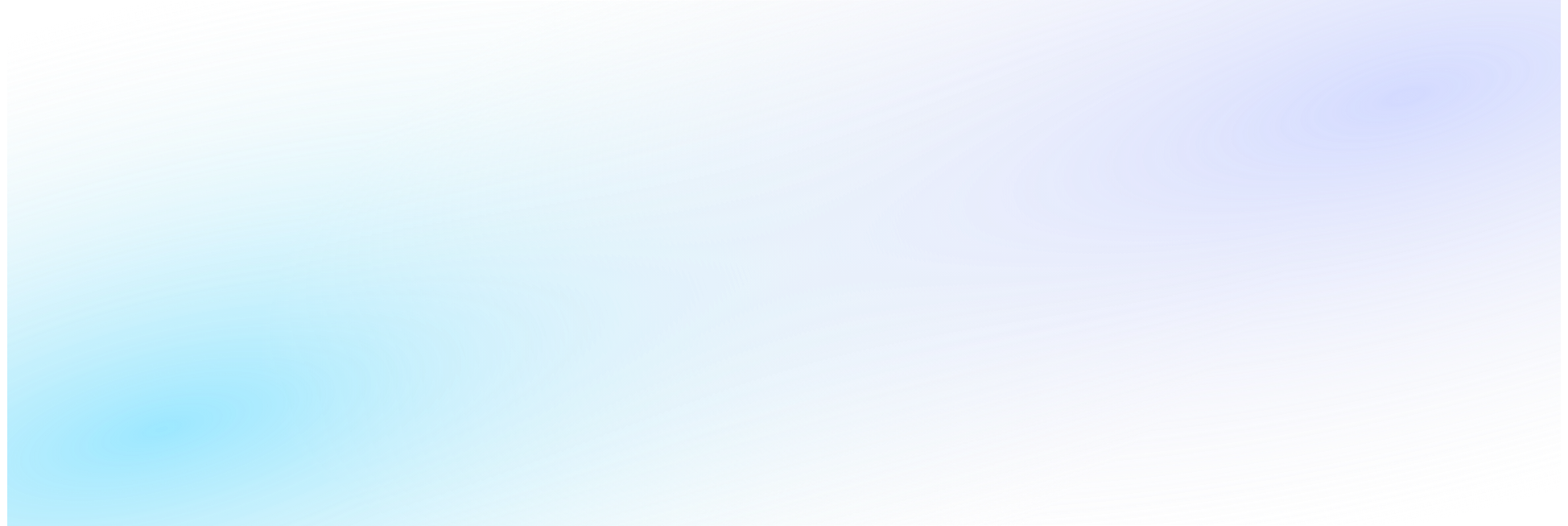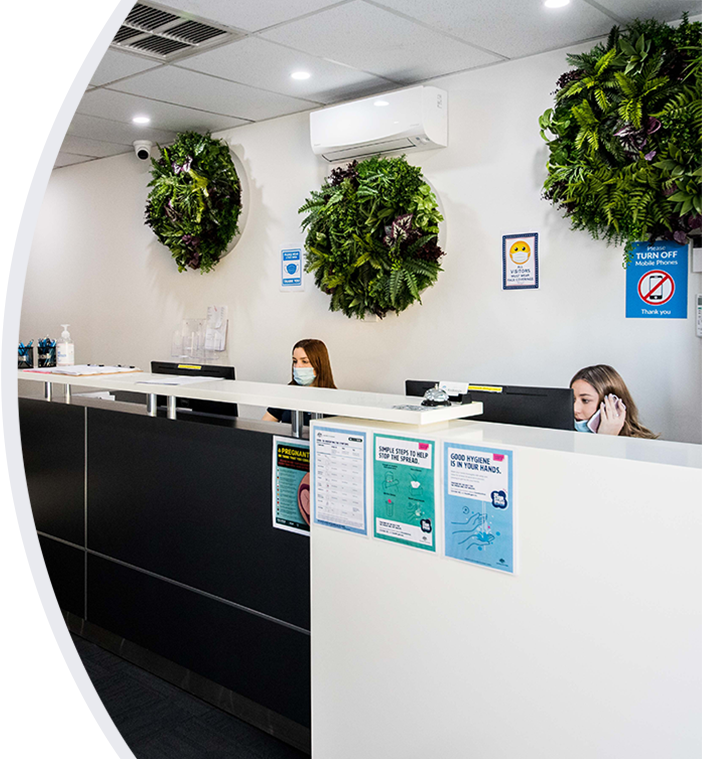Bone Densitometry (DEXA)
What is a bone densitometry scan (BMD)?
A bone densitometry scan, also known as a DEXA , is an imaging test that measures the bone mineral density (BMD). This scan can be useful to help detect your risk of osteoporosis (bone loss) and fractures.
Why am I getting a BMD?
The bone densitometry scan assesses the density of your bones to determine if they are brittle. The scan is mainly used to determine if you have osteoporosis, which is the medical term for brittle bones. Osteoporosis increases the risk of fractures and diagnosing this early can help your doctor manage the problem to reduce this risk in a timely manner.
It may be that you have had some fractures that wouldn’t normally occur in normal bone, or you have an underlying medical condition or are on medications that predispose you to developing brittle bones, and your doctor wishes to evaluate your bone strength in more detail.
How do I prepare for a BMD?
There is no specific preparation required for this scan.
Please wear loose, comfortable clothing and avoid clothing with any metal accessories such as buttons, belts or zippers as these can affect the quality of the image. You will be provided with a gown if required.
Please inform staff of the following:
- If there is any chance you may be pregnant. If so you will be unsuitable for a DEXA scan due to the small dose of radiation that is used.
- If you have had any procedures or have any implants in these areas, please let the radiographer know. The hips or spine are normally scanned during this test.
What happens during a BMD?
When you arrive, your height and weight will be measured. These parameters are important in determining your bone density.
You will be taken into the examination room by your radiographer (imaging technologist).
You will be instructed to lie down in a specific position in order to scan the hips and spine. A cushion box will be placed under your knees when scanning the spine, or an object placed between your feet when scanning the hip. A velcro strap may be used to keep your ankles or knees in place. This helps to achieve an optimal position required for the scan.
There should be no pain or discomfort during the scan.
How long does a BMD scan take?
A BMD scan takes 10-15 minutes.
When do I get my results?
Our specialist radiologists will report the findings of the scans and send them to your doctor within 48 hours. It is very important to follow up with your doctor so that they can explain the results to you.

We offer accessible services by bulk billing almost all examinations and procedures. To find out more, visit our billing information page.
Complete our booking form and one of our friendly staff will contact you – it’s quick, and easy. Click on the below link and follow the simple steps. Remember to have your referral handy.


















